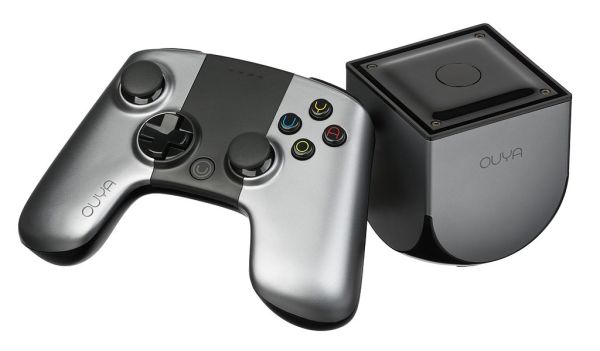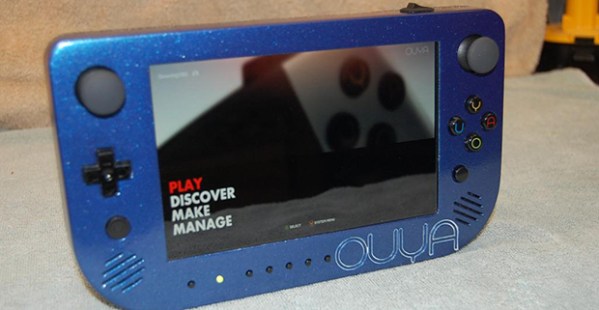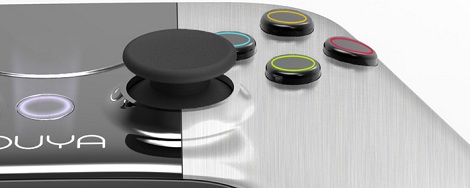Plenty of electronics end up in the junk drawer or even landfill after their useful life ends, but in the modern world of planned obsolescence a lot more devices are thrown out simply because of lack of support. Sometimes it’s even worse than that as some products are designed to “phone home” and will lack critical functionality if the original producer of that product gets purchased by someone else, wants to sell its customers more products, or goes out of business. The latter is essentially what happened to the Ouya console, but if you still have one of these around you might be able to get it running again.
The Ouya was a commercial failure but an ambitious take on a new kind of gaming console. With little more processing power than a smart phone, the idea was to produce a console for the casual gamer that also could play retro games and other games available for Android. It had a low price point but eventually couldn’t sell enough units to stay in business. These devices needed to see a specific server to gain full functionality, and [Christian] has created essentially a spoofed server that allows users to sign in to their consoles and install games again. All that is needed is to modify a few config files on the Ouya to point to a different address and the Ouya boots up just like it’s 2012 again.
This project goes a long way to show that there are plenty of serviceable electronics out there that have just been needlessly borked, and with a little elbow grease it’s sometimes possible to get them working. The state of this machine is a little surprising given that the original machine promised to be hacker and developer friendly.
Thanks to [Josiah] for the tip!















